DCMatt
Gold Member
- Oct 12, 2006
- 10,429
- 13,677
- Detector(s) used
- Minelab Equinox 600, EX II, & Musketeer, White's Classic
- Primary Interest:
- Metal Detecting
Follow along with the video below to see how to install our site as a web app on your home screen.
Note: This feature may not be available in some browsers.
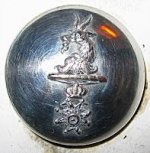
I think it is a goat head on a torquillion.
Clan Fleming maybe?:
https://en.wikipedia.org/wiki/Clan_Fleming
Greets Namxat
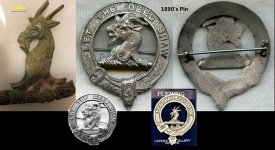
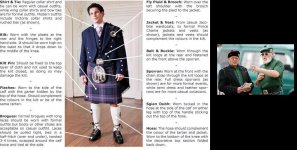
You're the closest, it is a family 'Livery emblem'.Livery sort of thing it would seem? Similar looking critters here: https://sites.google.com/site/liverybuttonsidentified/home/goat
View attachment 1710920
These are mostly circa 1790-1840, & the ones I've seen are not brass but closer to pot metal or pewter. (sometimes plated) They normally have 2 iron fixings on the reverse, which fixed it to the horse harness leather.
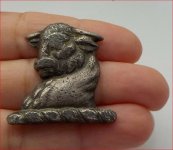
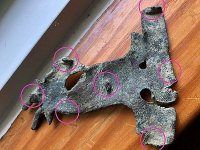

And I don't understand the tabs on the back. There doesn't seem to be a way to attach it to anything...
The ones that went on horses like this one are all sizes, seen very larges one's, those fixings, although more than usual went into holes on leather.I looked at a bunch of livery emblems/badges. Most are quite a bit smaller than the goat badge.
View attachment 1711209
And I don't understand the tabs on the back. There doesn't seem to be a way to attach it to anything...
View attachment 1711210